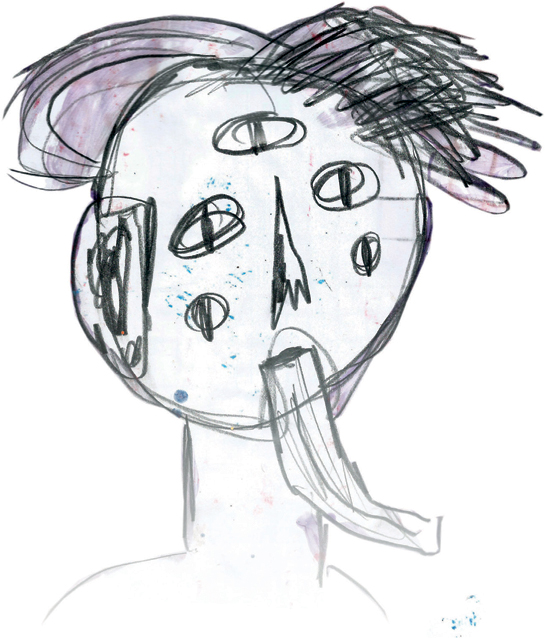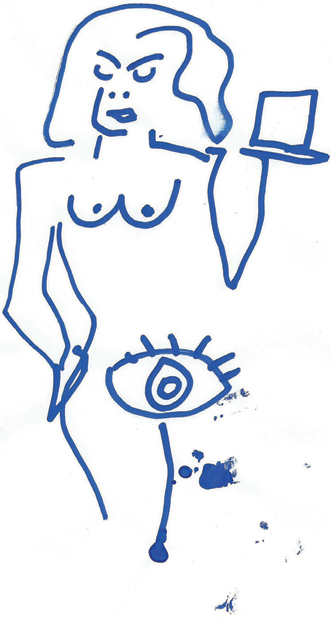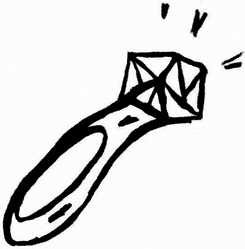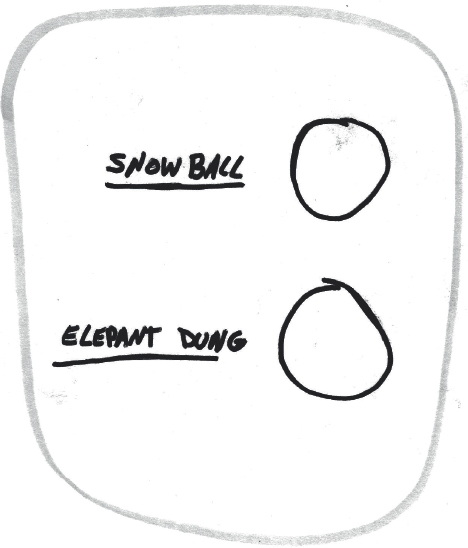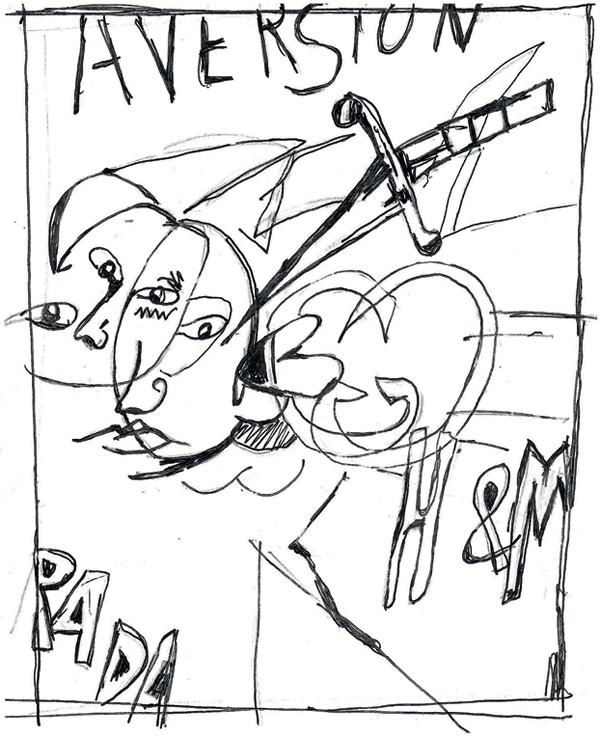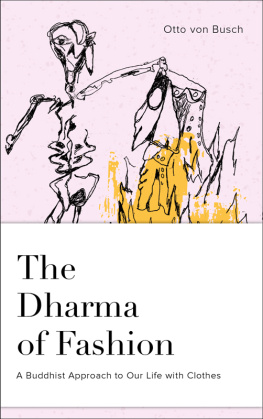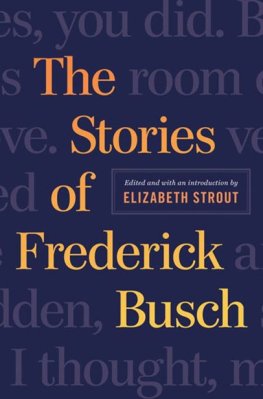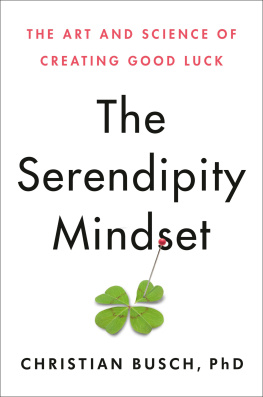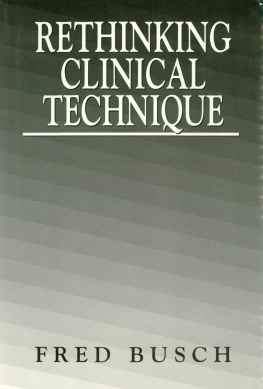Table of Contents
Landmarks
Page List

Copyright 2020 by Otto von Busch
Library of Congress Control Number: 2019946885
Published by Schiffer Publishing, Ltd.
4880 Lower Valley Road
Atglen, PA 19310
Phone: (610) 593-1777; Fax: (610) 593-2002
E-mail:
Web: www.schifferbooks.com
Designed by Ashley Millhouse
Cover design by Ashley Millhouse
Type set in Didot LT Std/Proxima Nova
ISBN: 978-0-7643-5894-4
978-1-5073-0150-0 (EPUB)
Printed in China
Parts of the interviews with Josh Korda have previously been published in Buddha Style: A Discussion about the Buddhas Radical Teachings on Fashion and Forgiveness (New York: Selfpassage, 2012) and Suffering in Style: A Discussion about Fashion, Addiction, and Endless Aesthetic Cravings (New York: Selfpassage, 2016).
All rights reserved. No part of this work may be reproduced or used in any form or by any meansgraphic, electronic, or mechanical, including photocopying or information storage and retrieval systemswithout written permission from the publisher.
The scanning, uploading, and distribution of this book or any part thereof via the Internet or any other means without the permission of the publisher is illegal and punishable by law. Please purchase only authorized editions and do not participate in or encourage the electronic piracy of copyrighted materials.
Schiffer, Schiffer Publishing, Ltd., and the pen and inkwell logo are registered trademarks of Schiffer Publishing, Ltd.
For our complete selection of fine books on this and related subjects, please visit our website at www.schifferbooks.com. You may also write for a free catalog.
Schiffer Publishings titles are available at special discounts for bulk purchases for sales promotions or premiums. Special editions, including personalized covers, corporate imprints, and excerpts, can be created in large quantities for special needs. For more information, contact the publisher.
We are always looking for people to write books on new and related subjects. If you have an idea for a book, please contact us at .
OTHER SCHIFFER BOOKS ON RELATED SUBJECTS:
Chronicles of a Fashion Buyer: The Mostly True
Adventures of an International Fashion Buyer,
Mercedes Gonzalez,
ISBN 978-0-7643-5623-0
Made for Walking: A Modest History of the
Fashion Boot, Andy Peake,
ISBN 978-0-7643-5499-1
Arsho Baghsarian: A Life in Shoes,
Helene Verin, ISBN 978-0-7643-5732-9
HOW TO USE THIS BOOK:
T his book unpacks fashion through ideas and exercises drawn from Buddhist perspectives. Along the journey, you will encounter some of the foundational thoughts of Buddhist practice and have them shine light upon consumer culture, shopping sprees, retail therapy, and the life and death of garments. You will also find some simple exercises that can help guide meditations on your wardrobe and experiences of dressing.
Chapters are typically divided into three sections: an introduction of the theme, a conversation with Josh Kordaa Buddhist teacherand a couple of meditations.
In the end, perhaps we can think of our
engagements with fashion not as an escape
from life or denial of death, but as a vehicle
towards insight.
Where do I find myself? could be a common question during the search for selfyet we rarely contemplate it. Instead, we skim through the latest collections, seeking something exciting to tell us who we are. We search for a feeling of self amongst ready-to-wear garments, in the feeds of social media, and in the habitual late-night browsing of online fashion outlets. Somehow, we experience the haul from the latest sale, spread out on the bed, to be an indicator of attaining a more secure sense of selfhood.
It may all seem shallow and vain, but could we not use fashion as a better tool for self-understanding?
T he story goes that before becoming enlightened, the Buddha was a young noble in Nepal, free from suffering in his palace, indulging in all kinds of princely pleasures, adorned in gilded dreams. But one day, as he ventured out from the palace gates, he confronted the unavoidable truths of existence: a sick person, an old person, and a corpse. For all his years, the young prince had managed to deny the fate of all life: sickness, aging, and death, and the encounters became messengers to the young prince.
This well-known story reveals how the untrained mind is in a continuous denial of our approaching demise. Our mind keeps itself busy and is always hunting pleasure in order to dismiss that we will all eventually get sick or experience disease, that it is a natural and unavoidable process that we age, and that everybody dies.
Fashion sells us the cureor at least a Band-Aid. It veils
existence in seductive and ephemeral allure, effectively
hiding these inescapable facts from our attention.
There is no sickness in fashion, only ideal healthy bodies of radiant complexion. There is no aging or sagging skin, only an ever-recurrent celebration of eternal youth. And there is no death, only the continuous flow of new seasons and collections. The sales are quickly over, and garments that no longer spark joy are doomed to the shallow graves of the dump or sent to the incinerators of sentimental values.
It is no wonder we look to fashion for alleviation. We feel that fashion can give us what we need. We can be beautiful. We can be seen. We can be popular. We can become a better self. And it is so accessible. It is everywhere.
On top of that, fashion sells me an ephemeral sense of freedom, and with each new purchase a fresh wind blows into the wardrobe. Yet my mind is stuck, as if in a continuous loop: Am I good enough? Will I pass? How do I get more? I close myself into an ego-centered loop of aversion and denial, clinging to the passions of consuming youth.
Even if we dont care about clothes, others do; we are doomed to appear before others. By appearing before others, we put ourselves up for aesthetic assessment. Even if we dont judge others by their looks, others will judge us. Even if we never change our clothes, they still speak of some relation to the fashion of our time. It can be both a blessing and a curse. It can offer a sense of aliveness and attention, a thrill of being seen, acknowledged, and attractive. But it may also put us up for painful conditions of anxiety, overload, and addiction.
We crave pleasure and are averse to pain. We are restless. And we all want more. When we leave the fashion boutiques with just the right new things, we beam with pleasure and life. Feeling inches taller than before, we need shades to look into our bright future.

